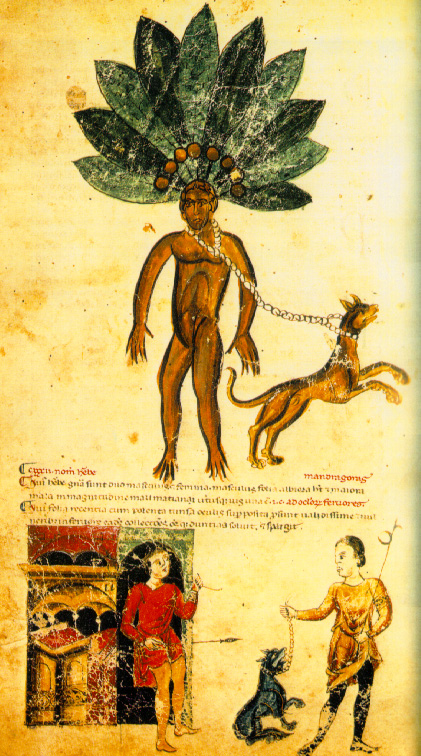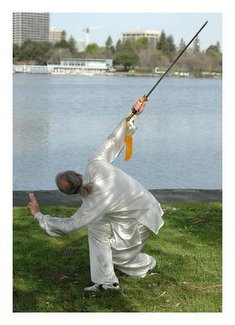Cross posted at God Is For Suckers!
As I read this at Pharyngula, one commenter brought up the Doctrine of Signatures.
Man, our ancestors sure had some wild imaginations.
The doctrine of signatures is an ancient European philosophy that held that plants bearing parts that resembled human body parts, animals, or other objects, had useful relevancy to those parts, animals or objects. It could also refer to the environments or specific sites in which plants grew. Many of the plants that were so regarded today still carry the word root "wort", an Anglo-Saxon word meaning "plant" or "herb", as part of their modern name.
I'll bypass the inferred sexual innuendoes for the nonce. "You are what you eat" may very well be a holdover of this imaginary legacy.
Of course, Christianity immediately jumped on this bandwagon:
Christian European metaphysics expanded this philosophy in theology. According to the Christian version, the Creator had so set his mark upon Creation, that by careful observation one could find all right doctrine represented (see the detailed application to the Passionflower) and even learn the uses of a plant from some aspect of its form or place of growing.
So what was the herb they used for hemorrhoids, I wonder? Something that vaguely resembles an asshole?
For the late medieval viewer, the natural world was vibrant with the numinous images of the Deity: "as above, so below," an expression of the relationship between macrocosm and microcosm; the principle is rendered sicut in terra. Michel Foucault expressed the wider usage of the doctrine of signatures, which rendered allegory more real and more cogent than it appears to a modern eye:
"Up to the end of the sixteenth century, resemblance played a constructive role in the knowledge of Western culture. It was resemblance that largely guided exegesis and the interpretation of texts; it was resemblance that organized the play of symbols, made possible knowledge of things visible and invisible, and controlled the art of representing them." (The Order of Things , p. 17)
Excuse me, but that sounds a great deal like animism, except that instead of everything having an individual 'soul', there was one 'soul' that permeated everything.
The radical visionary Jakob Böhme (1575-1624), a master shoemaker of Görlitz, had a profound mystical vision as a young man, in which he saw the relationship between God and man signaled in all things. Inspired, he wrote Signatura Rerum (1621), soon rendered in English as The Signature of all Things and the spiritual doctrine was applied even to the medicinal uses that plants' forms advertised.
The shoemakers of the 16th-17th centuries must've been using some pretty severe chemicals, I think.
This is still a working principle in homeopathy, that pseudoscience that no medical doctor worth their salt prescribes for their patients.
So there it is: eating a passionflower will no more gift the eater with the skills of cunnilingus anymore than the cucumber is the cialis of the natural world.
Let the innuendoes commence.
Till the next post, then.















1 comment:
Hey, Uncy Relucty.
Aye, 'tis me, yer long lost Hairless.
Just wanted to say hello, and to tell that I am now engaged to a wonderful young woman named Sabrina.
My life, however, is as weird as always.
If you still talk to her, give Karen my love and apologies.
Yer always arrogant and intemperate Dane,
Michael S. Olsen.
Post a Comment